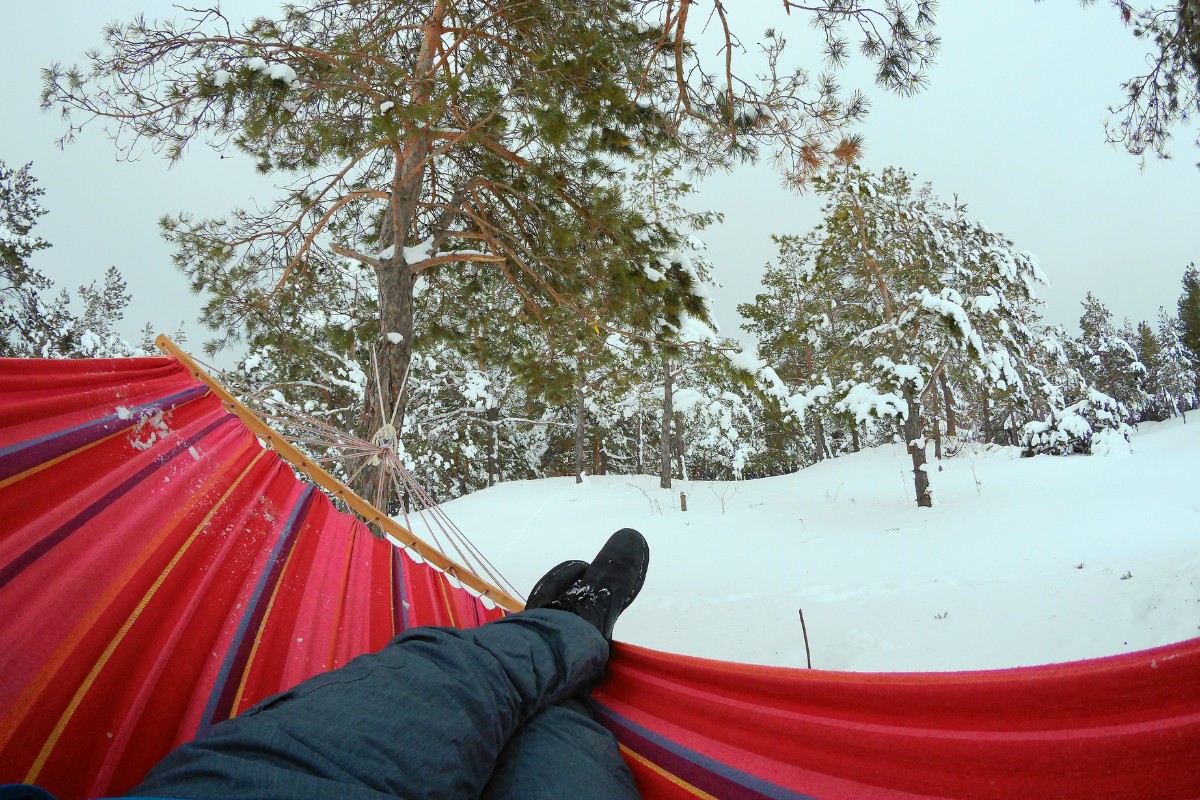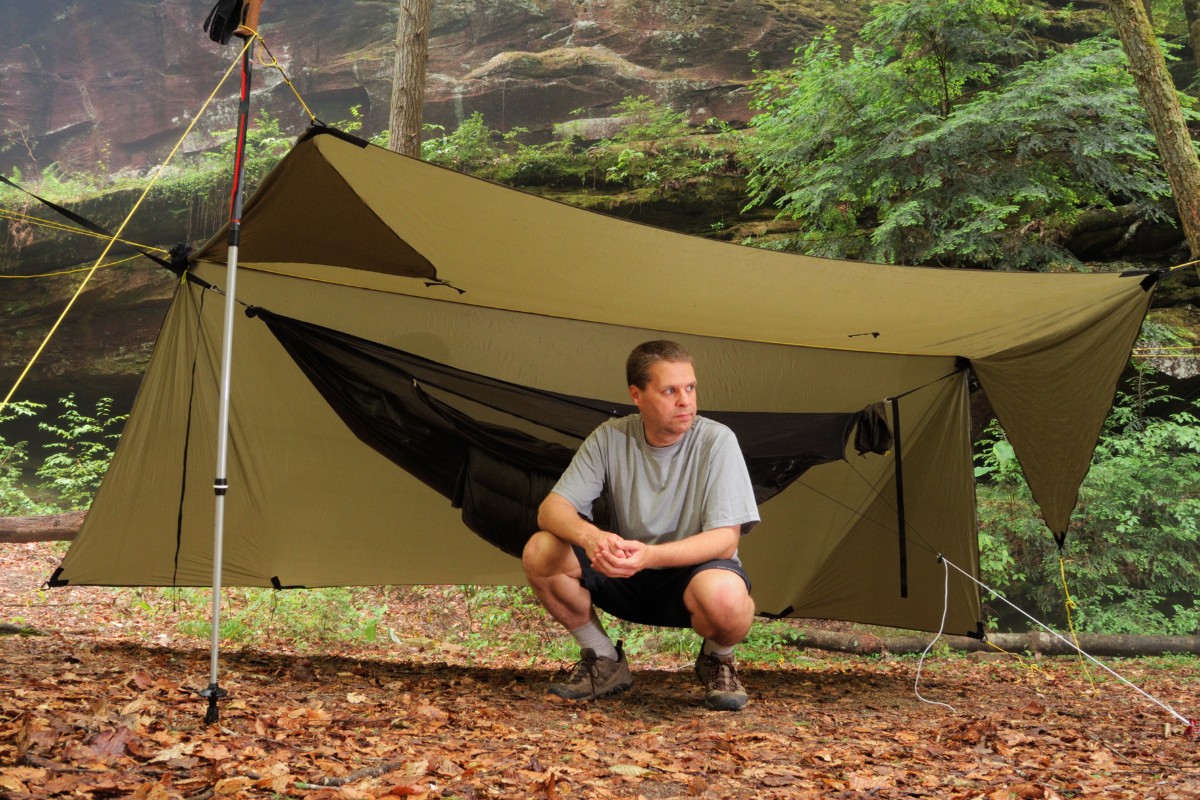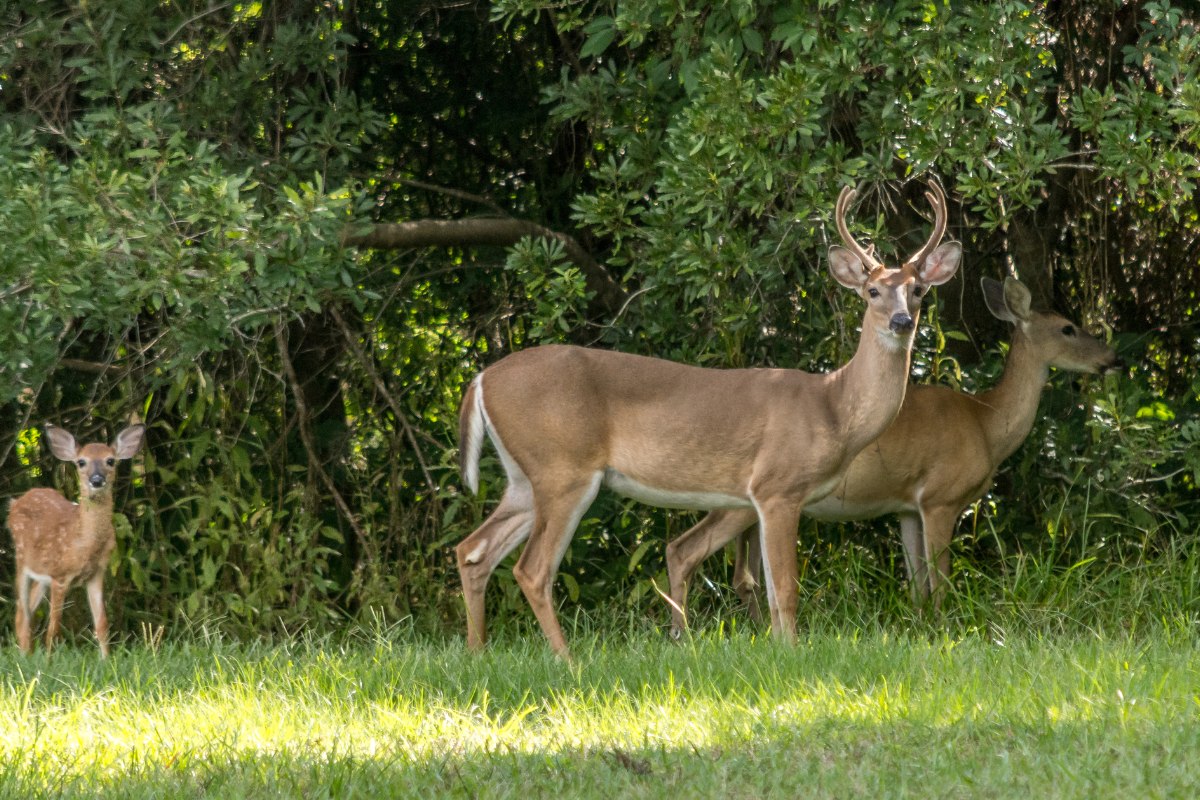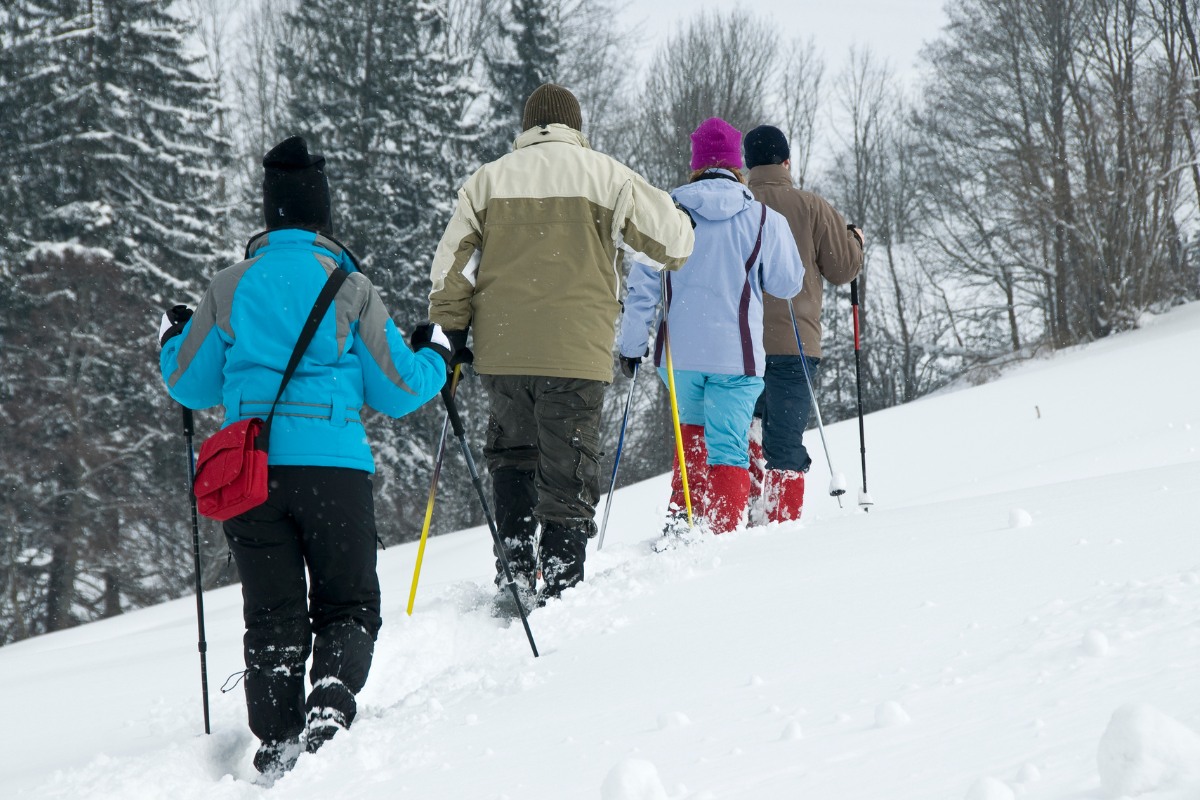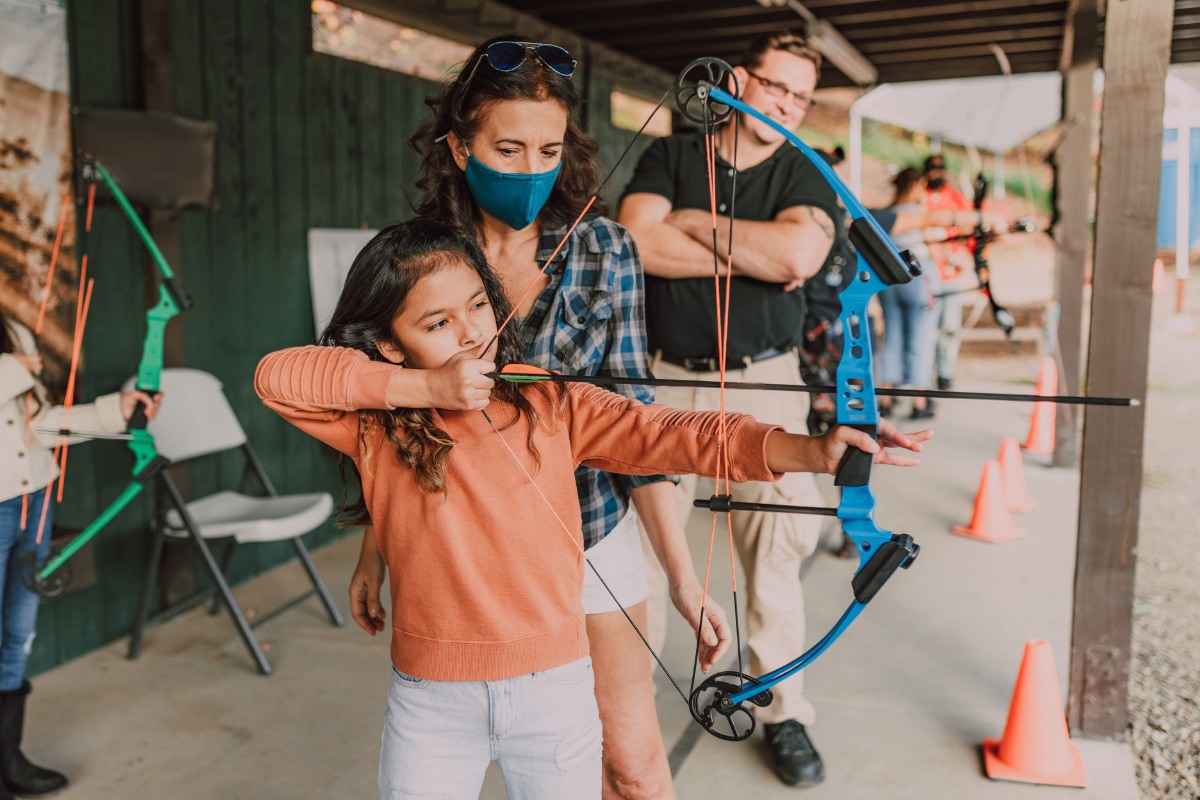If you want to be in your hammock all the time, then you’re always looking for a way to get out there and just sway in the breeze. For those of you who are fortunate enough to live in a climate with mild winters, the camping season never ends. For those of us who are not so lucky, we need to get crafty. There’s no reason why you can’t extend your season and be warm, comfortable, and relaxed. The woods in the winter are beautiful and isolated, and there’s no reason why the cold should keep you from enjoying the majesty of it all.
There is a quiet beauty to the wilderness in the wintertime that can only be experienced by hanging from two trees. We’ll give you some tips to get you started and keep you warm. Winter camping can seem daunting, but it’s not that much different from summer camping. It is possible to be outside in the winter and never be cold if you’ve got the right gear.
Shelter
In the summer, you can get away with not using a tarp unless it’s going to rain. You can have your tarp set up in a roll that can be deployed in about 2 minutes, but you don’t have to use it. Sure, you might wake up to cold rain, but it can also be really kind of refreshing. It is a suitable trade-off for the pleasure of sleeping under the stars.
In the winter, though, the tarp-free option is a luxury you simply cannot afford. There are specially made winter tarps that are essentially tents because they encapsulate the entire sleeping area. Tarps are very useful because they shield you from the wind. Winter tarps are no more complicated than your typical summer tarp, but they are more expensive. If you make your own gear, you can save a bunch of money by making your own. There are lots of free patterns available online.
There are many options when it comes to tarps, from plain old heavy canvas to slick and lightweight silicone-impregnated nylon tarps. Which route you go will depend on the amount of weight you are willing to carry versus the amount of money you are willing to spend. Camping out in the winter makes it necessary to carry just a little bit more weight. Sorry about that.
Don’t skimp on your tarp. It blocks the cold wind, and the cold wind really sucks.
It’s also a good idea to pile up snow at the foot of these tarps to create as much of a windbreak as possible. You brought a little shovel with you, right?
Insulation
Hammock camping in the winter is a little different from tenting. In a tent, the ground sucks away a significant amount of heat from your body, so you need a ground pad for insulation. A hammock requires similar considerations. Just because you are up off the ground does not mean that you can skimp on insulation. A cold wind will sap the heat from beneath you faster than the ground. How much you need will depend on how cold a temperature you’re likely to experience. You can survive -5°C weather with just a cheap blue foam pad and a 4-season sleeping bag, but it’s not recommended.
A realistic minimum cold weather insulation list would include:
- A down over-quilt or a really heavy sleeping bag.
- A down under-quilt. Because it hangs below your weight and doesn’t compress the insulation, it keeps you toasty and warm with no cold spots.
- A sleeping pad of your choice. There are many options, and while different ones have different advantages, they all do essentially the same thing. They keep a pocket of insulated air between your skin and the air. Whether inflatable or old-fashioned closed-cell foam, either one will be fine.
- Wool clothing, especially a hat. If you’re crazy enough to be going out in the bush in the winter, then you probably already know about the value of wool as an insulator. It will keep you warm even when it’s wet, and it’s far superior to cotton for keeping you warm. Keeping a lightweight, warm cashmere sweater in your pack to use in cold weather can make the difference between having a good time instead of just being chilly. A wool hat can make the difference between a comfortable sleep and waking up 15 times because you are cold.
Pro tip: Make sure your bladder is empty before climbing into your sleep gear for the night. You really don’t want to be waking up in the middle of the night and leaving your nice warm bubble.
Footwear
No, this isn’t the sexy part of hammock camping. We’re not talking about marlinspike hitches or prusik loops or toggle shear stress. What we are talking about is the simple necessity of keeping your feet dry. Water is a terrible insulator. We lose heat to water much faster than we lose heat to air. It’s why people get hypothermia and drown: water will suck the heat right out of you. It doesn’t really matter which type of boot or what brand, but what does really matter is that they keep your feet dry. The type of boot you need really depends on the type of trip you are planning to take. Are you using snowshoes? Then a mid-calf boot is probably sufficient. And maybe some gaiters. Keep your feet dry. If you are hiking, they are what will be carrying you out of there, and they really need to be kept in top condition.
Clothing
It might sound strange, but in the winter, your sweat is one of the most dangerous things. You’ve planned ahead, you’ve got plenty of sleep insulation, and plenty of layers of clothing. You’ve done a good job so far. But you still need to remember to regulate your temperature by removing layers if you start to get too hot. This happens all the time, and it’s easy to forget because it’s nice to just feel “hot” when it’s -20°C. But it’s a very bad thing. Your sweat is water just as much as melted snow is, and having water in your clothes is just not good. If you’re starting to sweat, strip a layer, open a zipper, do something to counteract it. This is more a question of judgment than it is gear choice. Sometimes opening the zipper on your jacket is enough; sometimes it is not. Stay warm on the trail, but not too warm, because it will cost you. Really, you must stay dry at all times. You can’t afford to be naked because your clothes got wet and you need to dry them over the fire in the middle of the night. Trust us, it’s not fun.
Cooking
Having a massive roaring fire is one of the great pleasures of winter camping. It creates a focal point for your camp, and the ritual of hot meals and hot drinks brings everyone together. You can do all your cooking and boil water for your tea over an open fire, but only if you’ve got access to lots of firewood. A micro-stove is also a great option for winter camping. You can use it to melt snow and boil water. But you might want a bigger mug than you would usually use. Snow turns into surprisingly little water after it melts, so melting snow takes longer than you would think.
Micro-stoves weigh very little and are really versatile to use. Don’t underestimate the value of a hot drink on a subzero winter afternoon. But pay close attention to your fuel choice. Many stoves run on several different fuels. An alcohol stove is not the right choice for freezing weather. They just won’t prime when the weather is cold, so don’t use one. Pretty much anything else will suffice. Just ensure that it’s powerful enough to do what you want it to do, and it’s light enough to be portable. It’s no fun being heavily loaded out on the trail.
While a stove can boil water for you when you need it, a little trick is to keep a bottle of water with you in your sleeping bag. The heat from your body keeps it from freezing. Dehydration can occur when winter camping, mostly because cold air is so dry that it will sap the moisture right out of you. Having all your water freeze on a very cold night is a mistake you don’t want to make. If your alcohol stove happens to refuse to prime, being left with no water and no way to heat up the ice to turn it back into water can be challenging. It can take half an hour to collect suitable wood to make a fire, and only then can you warm up and drink some coffee by the flames. It can be a very chilly and unpleasant morning.
Camping Hammock
This is not the forum to compare and contrast different products. What they all have in common, for the most part, is that they are lightweight and highly portable (which is why we like them in the first place, right?), and generally not insulating. Some are made of cotton, but you’re probably not using one. What you’re hanging in is more likely some kind of ripstop nylon. Just remember that although their lightweight increases their portability, it does nothing for you in terms of insulation. It is “windbreaker” fabric, but don’t expect it to keep you warm.
Food
You burn more calories in the winter. It takes energy for your body to keep you warm, and so you must account for the fact that you need these extra calories when doing your meal planning. High-calorie, protein-rich foods are what you need. Soy-based textured vegetable protein and dried, cured sausage are nice options. By just boiling water, adding these two things, and maybe adding some broth powder and a little bit of dried vegetables, you’ve got an almost instant hot and hearty soup.
Heavy snacks like chocolate and nuts go a long way too. Whether you should eat heavily before going to sleep is something that is debated. Some say eating a little bit before bed will boost your metabolism, make you burn more calories, and therefore stay warmer. Others say you should avoid this like the plague. Which is correct? It might be worth trying both to see what works for you.
Pre-cooked and dehydrated ground beef is another option. It’s not pretty, but it’s good. Lightweight, portable, meaty, and very satisfying.
Hammock camping doesn’t have to be a summer-only activity. The wilderness is particularly wild when it is freezing outside. It is quiet, beautiful, and isolated. There is an unmatched tranquility to an untrodden field of snow, and great fun to be had in putting your bootprints into it. You can get out there this winter, stay warm, have a great time, and enjoy having stepped where others have been afraid to go. With a few subtle gear tweaks and a knowledge of what to expect, winter hammock camping can be a truly rewarding experience.
Look, that’s really all you need. There’s no sense in overthinking this. You need to stay warm, you need to stay dry, and you need to make sure you bring enough food to keep you going. Winter hammock camping is maybe the most rewarding form of camping because it is so challenging. It creates a unique in-camp experience because everyone is bonding together through mutual adversity. But this adversity is only skin deep. Hanging in the winter is really not all that difficult, but it is fun and very rewarding. Get outside this winter!
